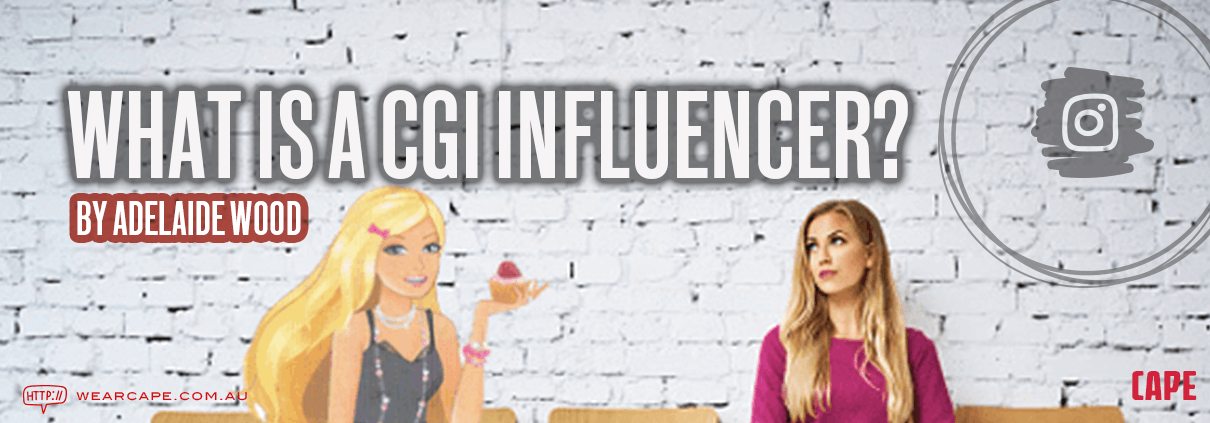What is a CGI influencer, and are they really the future of influencer marketing?
The Covid-19 pandemic isn’t the only wave we’ll experience. Have lockdowns and social distancing restrictions put the new wave of social media influencers firmly on the agenda?
Due to the COVID-19 pandemic and the physical limitations and difficulties social distancing and lockdown measures have brought on, many social media creators have needed to adapt their content strategies and find new, innovative ways to maintain engagement with their audiences.
The World Health Organisation is a prime example of an organisation that has most notably overcome these physical and geographical limitations. They have managed to target the Gen Z and Millennial audience by creating the virtual (CGI) influencer Zach Frost. Frost, who is a computer-generated “avatar”, spreads reliable Covid-19 information, mental health resources and messages of comfort to his 1million Instagram followers.

If you’re thinking, hold on a minute, dial it back a notch… what is an influencer? Then firstly, Dad what are you doing reading my blog? And secondly, continue reading because we are going to delve into the glorious world of influencer marketing and the virtual influencer trend that isn’t going away anytime soon.
An overview of influencer marketing
Influencer marketing is the buzzword in digital marketing today. It is a form of social media marketing where highly recognised individuals, with strong social influence are paid by brands to promote and endorse their products and services. Today, Instagram ranks the most important social media channel for influencer marketing, with 60% of marketers spending 50% of their influencer marketing budget on Instagram. However, these numbers are only expected to grow with 67% of brands and advertisers saying they will continue to increase influencer marketing budgets in the following years.
Virtual (or Computer-Generated Imagery, CGI) influencers aren’t real or human and as the name suggests, are generated by computer technologies. These influencers’ Instagram feeds are almost indistinguishable from real celebrities and influencers. The only difference is that behind the images and posts of their “everyday lives” is an army of programmers and artists who are carefully curating their story. So, why should we care about this new wave of influencers, and are they really going to overtake the presence of real-life influencers? To determine this, we will look at some of the leading CGI influencers today, and ask why more brands are engaging with these technologies, because whilst their existence is fake, their influence is very real.
Who are some of these influencers?
Lil Miquela
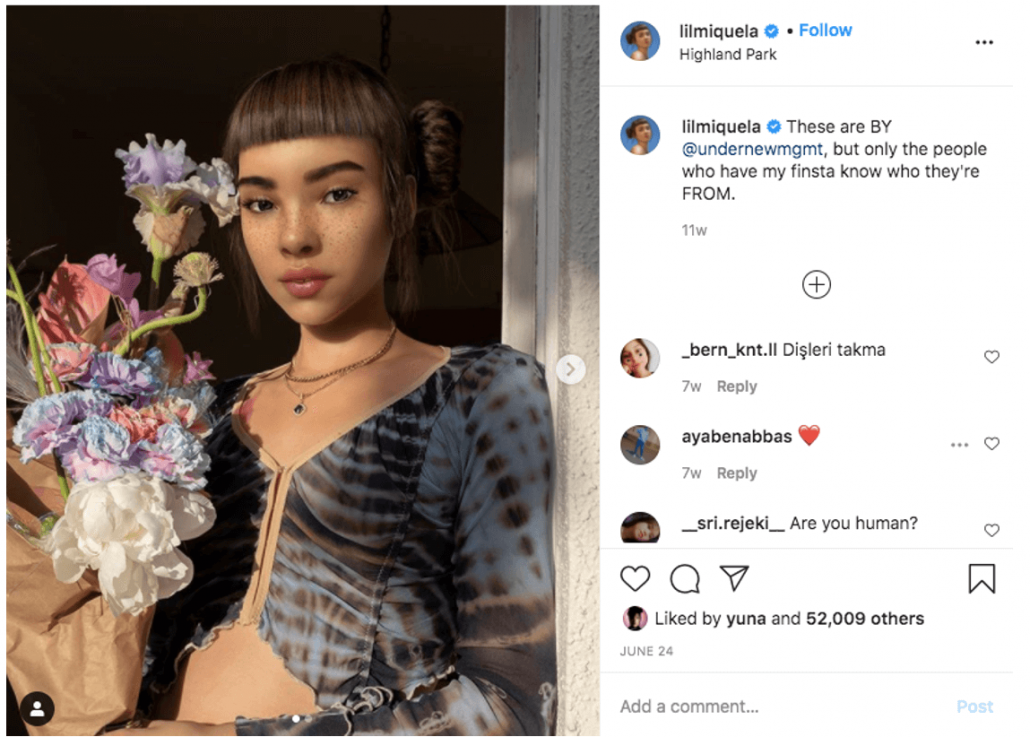
Lil Miquela is currently the most popular virtual influencer on Instagram, and has amassed a whopping 2.7million followers. In 2018 she was named as one of the most influential people on the internet by TIME magazine, and has been featured in Vogue and GQ magazine.
Despite being created by Brud, a technology start-up of “engineers, storytellers, and dreamers”, Miquela has captured an audience through her down-to-earth Instagram posts that give insight into her everyday life, her relationships and fashion/ beauty favourites. She has also worked on campaigns for the likes of brands such as Prada, Calvin Klein and Samsung.
Shudu
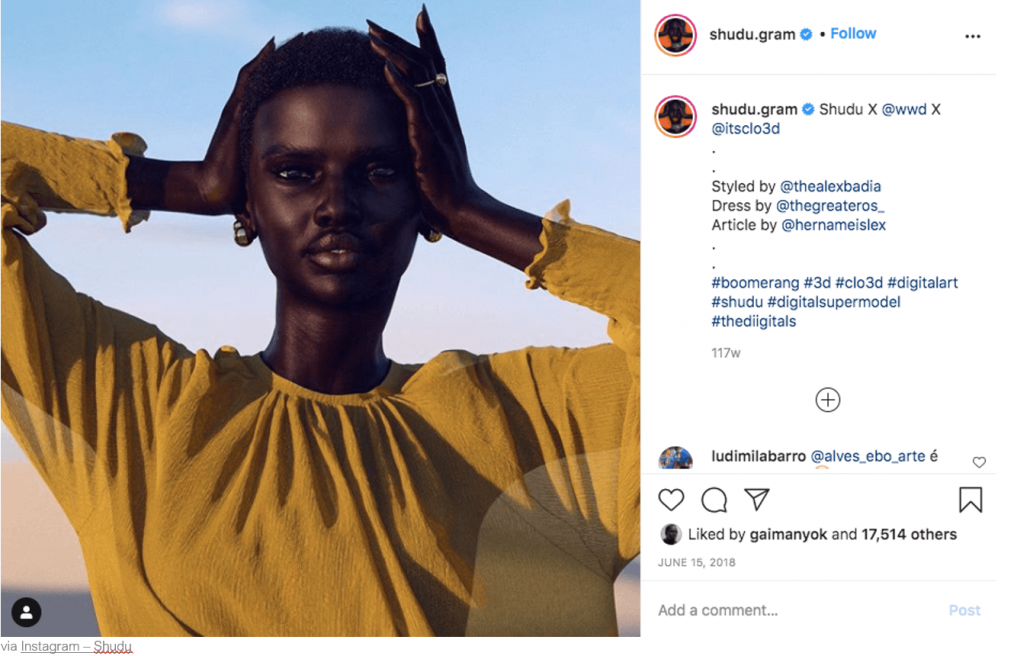
Shudu is popularly known as the “World’s First Digital Supermodel,” and has famously worked in partnership with luxury fashion brand Balmain and Rihanna’s Fenty Beauty. She was created by the British fashion photographer, Cameron-James Wilson and promotes diversity and confidence to empower and address the underrepresentation of black models in the fashion industry.
So, what benefits do these virtual influencers have over real-life influencers? Here are 3 reasons why brands like them:
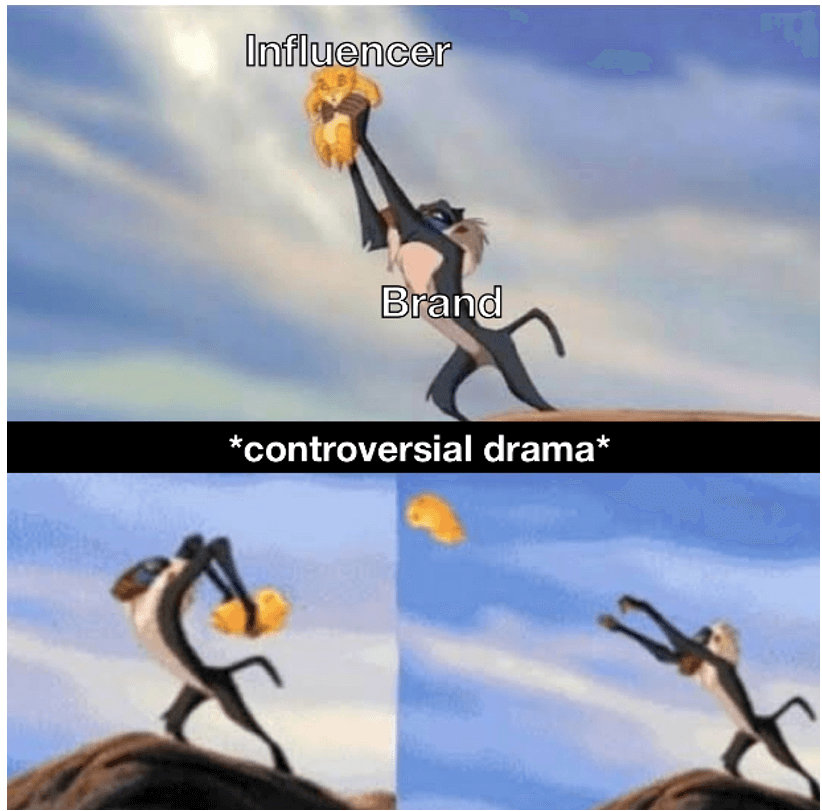
1. Increased brand safety
It seems that nowadays, there is always an influencer or celebrity that is caught up in some new scandal. Whether that be an internet feud or the emergence of a controversial past, more often than not we see brands cutting ties or disassociating with them to avoid the risk of being associated with these negative images. This such problem does not exist for virtual influencers. The messages, interactions and posts from virtual influencers are all carefully curated and controlled by digital influencer agencies. This allows them to maintain an idealised image and garner attention and an audience, without the risk of controversy. A lucrative and attractive offering for many brands.
2. Brands have more flexibility and control over the content creation
While brands who work with real-life influencers are limited by variables such as photography skills, time constraints, modelling ability, geographical location and financial viability, digital creations are more adaptable. Virtual influencers are available 24/7, can travel the world without restraint and can be created with CGI effects to embody whatever image the brand and creator desire. However, it is important to note that whilst brands are able to create the “perfect” influencer, they must take care to strike a balance between perfection and relatability so they can maximise engagement and interact meaningfully with their audience. Creating this sense of a “two-way communication” between the influencer and customer has been proven to lead to the highest rates of engagement.
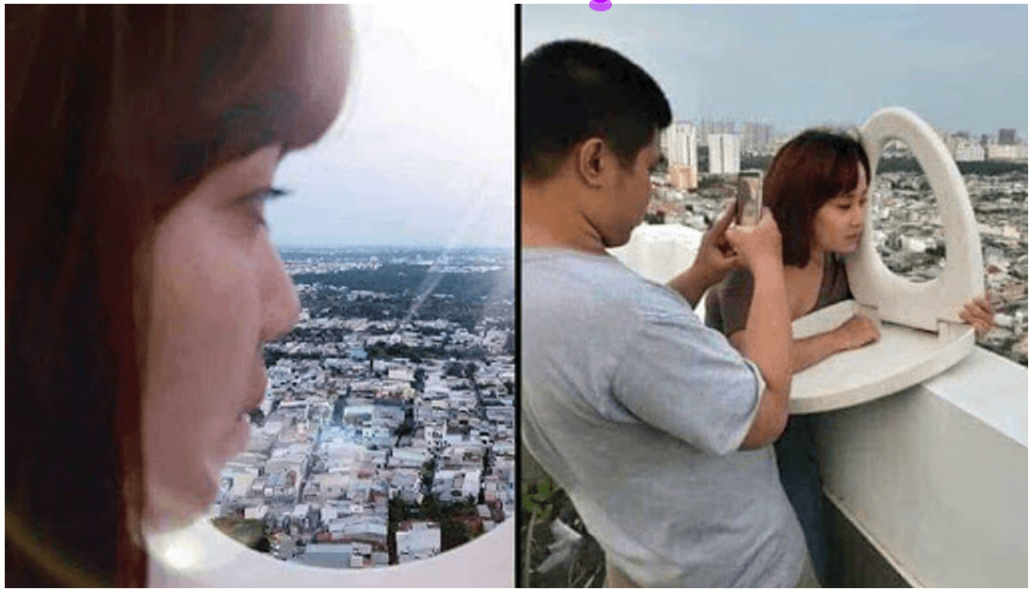
3. They foster a sense of mystery and curiosity
Humans are innately curious creatures, and many campaigns or viral content play to this emotion. Some virtual influencers are created to be so photo realistic that at first, people may not recognise them as “fake” and hence are always asking questions like are they real? Who are they? Who created them? This novelty effect is a key element in virtual influencers’ current popularity, which has amassed them almost 3 times more engagement than real influencers.

However, it is important that whilst maintaining a level of mystery and curiosity can be beneficial, it can also be conducive to deceiving people, which leads us to consider the potential dangers or negatives to engaging with virtual influencers. Here are 3 potential pitfalls to virtual influencer marketing:
1. Product recommendations are not authentic… and consumers know it
Lil Miquela and Shudu may look stunning in designer clothes and accessories, their digital nature means they are unable to physically experience the products they are promoting. They can’t tell you how the material of a t-shirt feels, if the heels are comfortable enough to last all night in, or if that face cream really does smell ~AHmAZing~
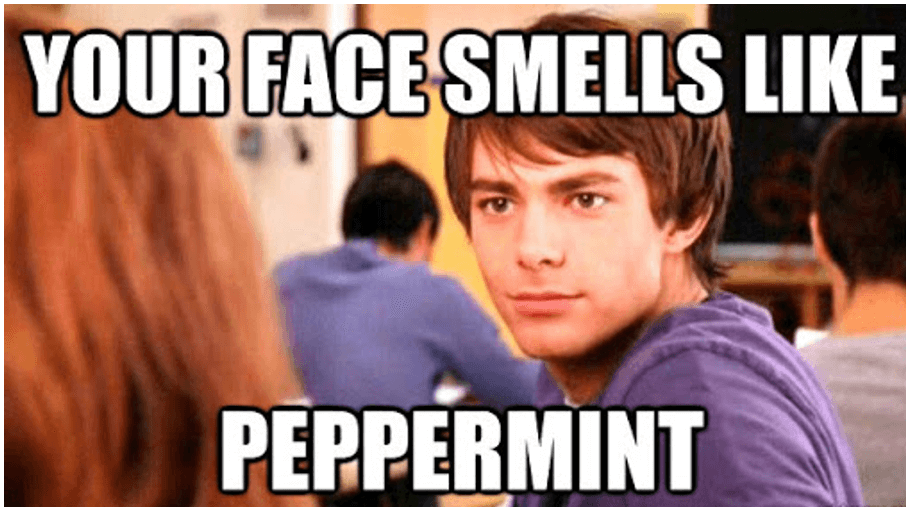
A survey conducted by Olapic, found that authenticity was the top reason why consumers trust influencer posts. However, virtual influencers are unable to have these types of authentic, physical experiences that consumers value. The stories they project, emotional connections they make and “experiences” they have are all carefully curated by their brand partners, making their promotional posts not too different from direct advertising.
2. Current industry regulations for virtual influencers are unclear
The Federal Trade Comission (FTC) have issued guidelines that limit what an influencer can and cannot post. It outlines that an influencer has to always disclose the nature of their relationship with a brand. This means mentioning if their post is sponsored, if they received the product of free, or if they are being paid to review it. This promotes transparency so there is no scope for consumers to be misled.
But do these same guidelines apply to CGI influencers? Is it necessary for them to disclose that they are not human? Do they need to disclose their relationship with brands? Furthermore, this is even more problematic if the consumers are not aware that the influencer isn’t a real person. According to research by Fullscreen, 42% of Gen Z and Millennials have followed influencers who they didn’t know were computer generated. This shows the problem of transparency may become more apparent as virtual influencers grow in popularity and technological advances allow for more photo-realistic influencers to be made.
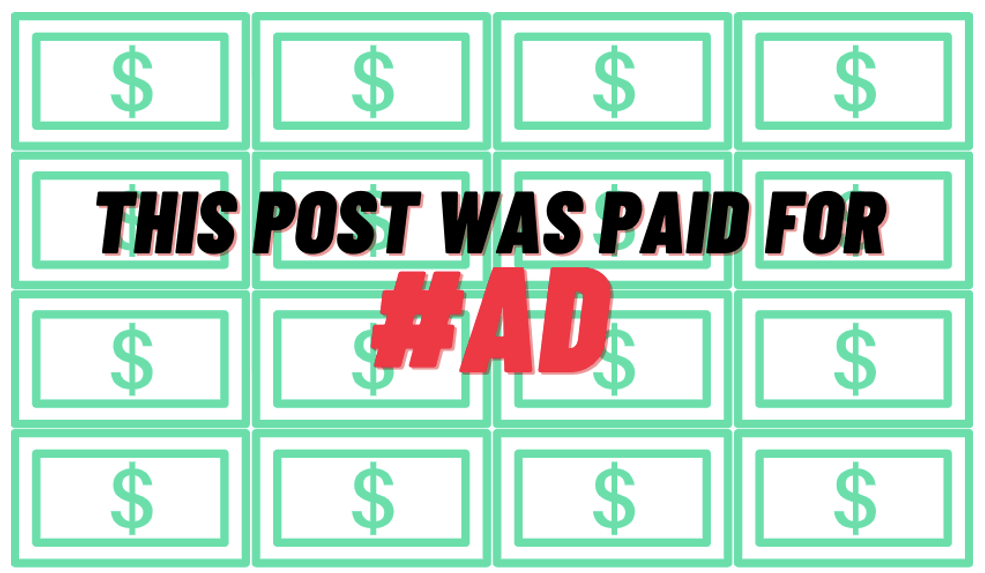
Particularly in the last decade, the influencer industry has been a growing profession for individuals which allows them to use their platforms to make money on their own terms. Currently, the global spend on influencer marketing is predicted to be worth somewhere between $5 billion and $10 billion – rising as high as $15 billion by 2022. Furthermore, the number of virtual influencers is also expected to grow significantly over the next few years, arguably stealing the jobs (and hence income) of these real-life influencers.
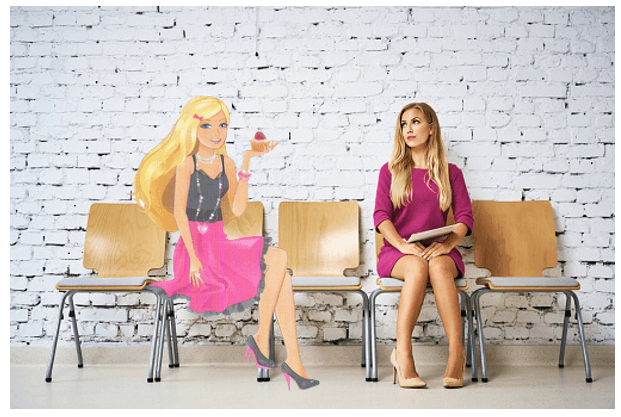
The lucrativeness of these virtual influencers, which offer brands the ability to effortlessly create their faultless digital avatars in whatever image that the brand desires, will make it harder for individuals to compete. This could also be a detriment to the movement for more racial, age and body type diversity within the modelling and social media industries.
My final thoughts
The arrival of CGI influencers could be the new wave that will shape the future of marketing. Their exponential increase in popularity, and the digitised direction that we are headed in (which has only been accelerated by the restrictions of COVID-19), could well mark out an enduring spot for them within the influencer marketing industry.
However, whilst brands should embrace technologies that increase their brand awareness and customer experience, they should do so responsibly to maintain transparency and authenticity with their customers and audience, something that is becoming harder for governments to enforce.
So, whilst a career being an influencer might not be in my cards (hello to my whopping 524 followers on Instagram, but I mean who’s counting?), taking up a course in CGI computing might be a worthwhile investment…

Adelaide Wood
Penultimate year Commerce Student, with a love for ephemeral art, youth empowerment for sustainable social change, and ALDI TV Ads. I am passionate about Digital Marketing and UX design, and their transformative power to shape popular culture.

